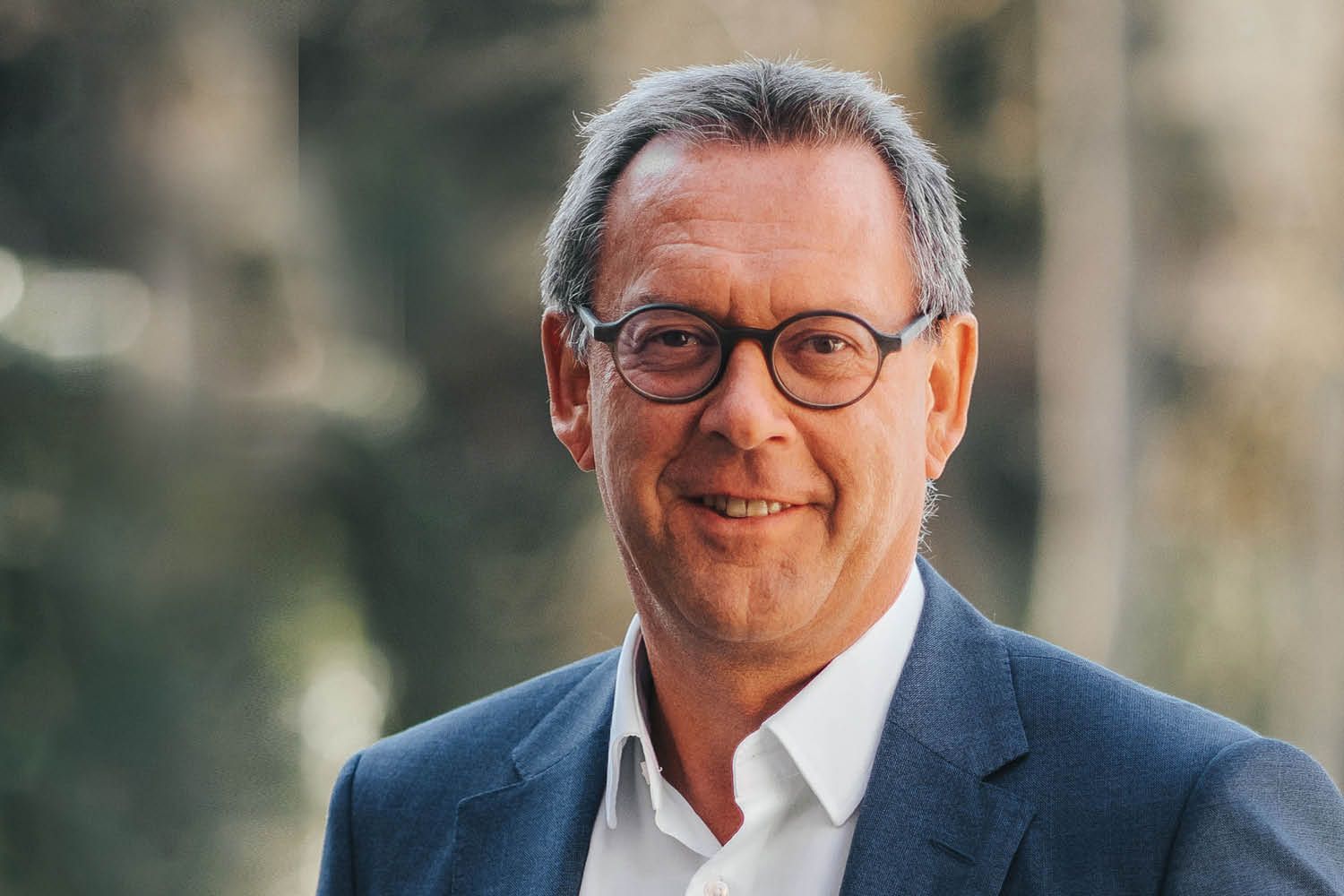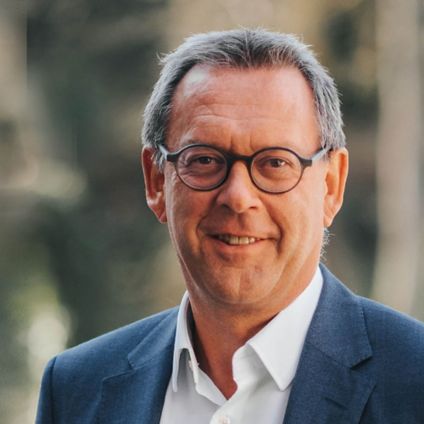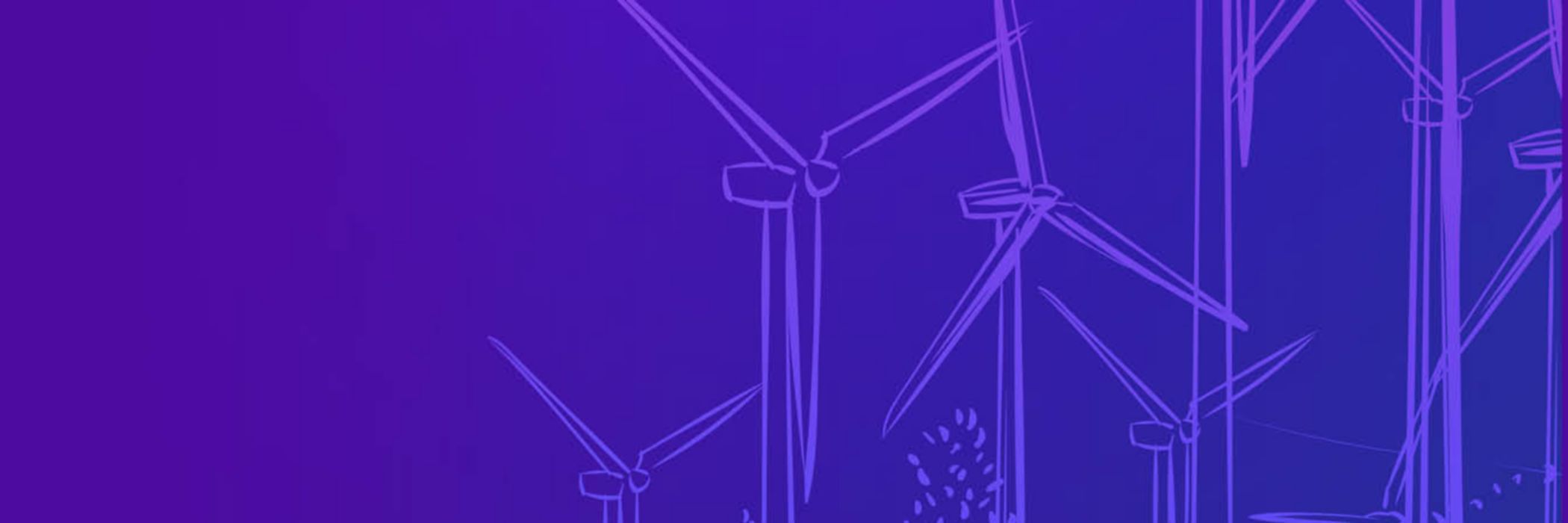Clean hydrogen and its derivatives along with clean electricity will take an increasing share of the energy mix. And carbon capture also will contribute substantially to a successful journey to climate neutrality. Belgium is well placed to accommodate this transition in a wider Northwest European perspective, says Fluxys CEO Pascal De Buck. Thanks to our extensive infrastructure that makes society ready for the future. This is his view looking back from 2030.
The 20s in hindsight
Early in the last decade the COVID-19 pandemic and the war in Ukraine were a strong impetus for the EU to accelerate action towards climate neutrality, while supporting economic resilience and security of energy supply. Climate pledges in the various EU countries intensified accordingly throughout the decade. While the level of progress varies across the bloc, on average, energy efficiency measures have brought down energy demand considerably. In the same vein, clean hydrogen and its derivatives along with clean electricity have progressively replaced part of the fossil fuels in the energy mix.

Pascal De Buck
CEO Fluxys
Regarding infrastructure we have managed to facilitate new activities to strengthen and diversify the economic tissue. Circularity has increasingly become a driving force in technological development, economic renewal and forward-looking partnerships. Reuse of CO2, for example, has seen some impressive breakthroughs, and waste can now sustainably reinvent itself as a raw material.
Developing an integrated vision and approach towards the overall energy system has shown to be essential. Major milestones were taken through progressive insight into the way in which molecules and electrons act complementarily to adequately meet the need for clean energy and raw materials. Across the energy system we are now developing the necessary infrastructure at optimum societal cost. The mix of clean electricity and clean molecules, each with their diversified mix of local and non-local sources, is the foundation we work from to achieve full climate neutrality through to 2050.
Belgium multi-molecule hub
Today Belgium has successfully diversified its import and transit role for natural gas with a similar international hub role for clean energy molecules and CO2. Our infrastructure offers the market the capacity required to transport 30 TWh of hydrogen and 30 million tons of CO2 per year. Through to 2050 we are set to continue the development of our infrastructure to keep offering the capacities the market needs to achieve climate neutrality.
Our extensive reach-out to industry in Belgium early in the decade laid a strong foundation for repurposing and developing our extensive natural gas infrastructure. We now have a multi-molecule system with separate networks for hydrogen and its derivatives, CO2 and methane (natural gas, biomethane and synthetic methane). What levels of hydrogen supply and demand did industry in Belgium project over time? And what levels of CO2 capture did they deem necessary? Close cooperation with industry and an array of stakeholders allowed for the development of a coordinated blueprint for a multi-molecule infrastructure. We started out with local infrastructure in the industrial clusters to achieve scale from the outset and swiftly provided connections between these clusters and into the systems of neighboring countries.
Hydrogen crossroads
At this stage the hydrogen grid serves the industrial sectors in Belgium with processes requiring high temperatures such as the production of steel, cement, aluminum, ceramics and glass. Marine shipping and heavy-duty transport have developed as sources of demand for hydrogen and its derivatives as well, and several gas-fired power stations have shifted or are in the process of shifting to the new energy carrier. The grid also provides clean hydrogen and its derivatives as feedstock for the chemical, petrochemical and plastics recycling sectors in Belgium. Currently, transit volumes are mainly destined for Germany.
The grid is configured to allow optimum diversification of supply. Inflow of onshore hydrogen production from electrolysers in Belgium remains modest and is complemented by a variety of sources: local blue hydrogen from natural gas with carbon capture, imports through the connections with the Netherlands and France and hydrogen from offshore wind capacity in the North Sea. Imports of hydrogen derivatives by ship also have been developing. The latter are set to increase steadily over the next decade as more production and shipping chains come on stream, in line with the agreements concluded with various countries in North Africa, the Middle East and Latin America.
CO2 aggregator for NW Europe
The CO2 grid in Belgium currently serves industry sectors such as steel, cement and lime, which have production processes that inevitably generate CO2. Carbon capture has proven the key solution to address their carbon emissions and allowed them to keep their activity and employment in Belgium. Blue hydrogen production form natural gas incorporates carbon capture as well, and other industries have implemented carbon capture as the transitional option for the time it takes to switch to carbon neutral energy sources for their activity.
CO2 captured in Belgium and surrounding countries flows through the grid to a series of reuse locations. A number of breakthrough innovations have extended the circular reuse of CO2 largely beyond the deployment in the production of e.g. synthetic fuels as envisaged at the beginning of the decade. The grid also pipes vast quantities of captured CO2 to export facilities ensuring onward transport to safe and permanent storage under the seabed. The Zeebrugge terminal is a key node in this onshore/offshore chain. The terminal has diversified into a major export facility, a hub aggregating CO2 for subsea pipeline transport in the North Sea. In parallel, smaller liquefaction terminals serve as collecting hubs where CO2 is liquefied and loaded onto ships for onward transport.
The natural gas grid: fade-in/fade-out accelerator
The natural gas grid continues to make available the capacities required to ensure security of supply to the customer base. New sections were added to the grid in the wake of the war in Ukraine early in the decade. Additional capacity was needed to accommodate increased flows from the west and ensure security of supply in Belgium and surrounding countries. The mix in the grid has included increasing quantities of carbon-neutral biomethane and synthetic methane, flattening the carbon footprint of the methane consumed.
Several sections of the natural gas grid in the 20s were repurposed and are now part of the separate hydrogen and CO2 grids, each combining existing and newly developed infrastructure. With the uptake of clean hydrogen and clean electricity in the energy mix, the process of reconfiguring the natural gas infrastructure is set to continue through to 2050. Facilitating the fading in of clean molecules and the fading out of natural gas, while ensuring security of supply of the evolving molecule mix, the natural gas grid has proven to be instrumental in the success of the green transition.
Today in 2030 our infrastructure offers the market the capacity to transport 30 TWh of hydrogen and 30 million tons of CO2 per year.

About the interviewee
Pascal De Buck joined Fluxys in 1995 where he successively headed the Legal, Commercial and Business Development & Strategy units, before being appointed Managing Director and CEO of Fluxys in 2016. He holds a degree in Law and graduated from the IESE Global CEO Program.




